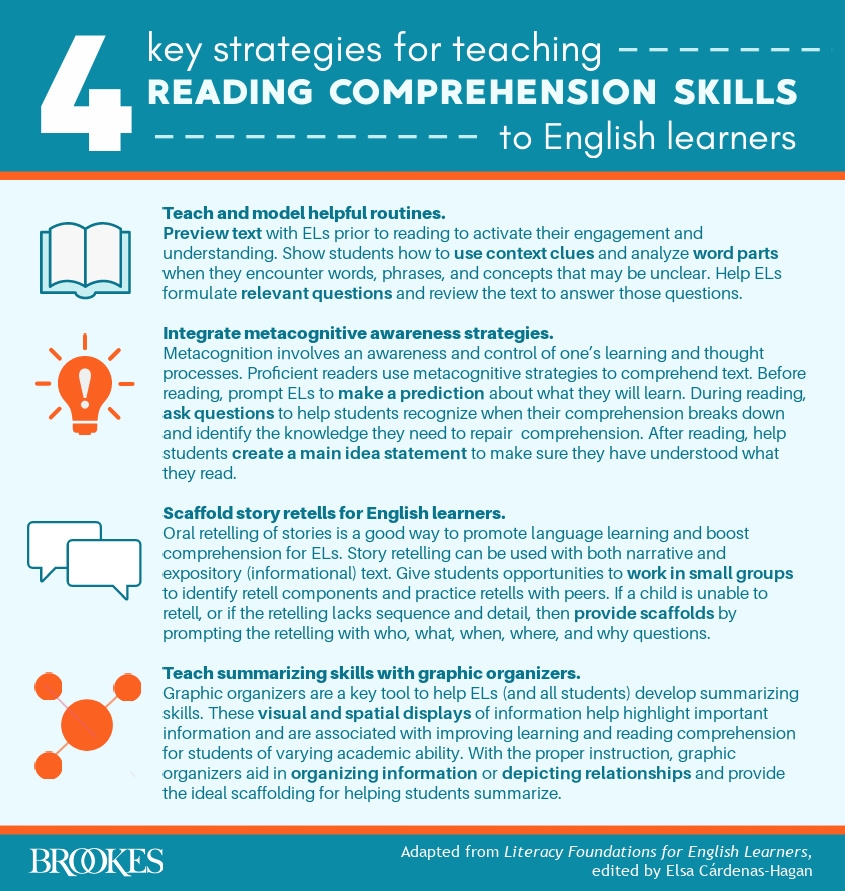Comprehension strategies are essential tools that help readers understand and retain information while reading. These strategies can improve reading comprehension, enhance critical thinking skills, and boost overall academic performance. By employing various techniques, readers can engage with the text more effectively and extract meaning from the content. Let’s explore some examples of comprehension strategies that can be utilized to enhance reading comprehension.
One common comprehension strategy is making connections. This involves relating the text to personal experiences, other texts, or real-world events. By making connections, readers can better understand the context of the text and make it more meaningful. For example, a reader may relate a character’s struggles in a novel to their own experiences, which can deepen their understanding and emotional connection to the story.
Examples of Comprehension Strategies:
Another effective comprehension strategy is visualizing. This technique involves creating mental images based on the description provided in the text. By visualizing the characters, settings, and events, readers can immerse themselves in the story and enhance their comprehension. Visualizing can make the text more vivid and engaging, making it easier to remember and understand.
Summarizing is also a valuable comprehension strategy. After reading a section of text, readers can summarize the main ideas and key points in their own words. This helps readers consolidate their understanding of the material and identify the most important information. Summarizing can improve retention and recall, making it easier to review and study the content later on.
Asking questions is another effective comprehension strategy. By actively engaging with the text and posing questions about the content, readers can deepen their understanding and critical thinking skills. Questions can help clarify confusing points, explore different perspectives, and encourage further exploration of the text. By asking questions, readers can actively participate in the reading process and enhance their comprehension.
Finally, making predictions is a useful comprehension strategy that can engage readers and encourage them to think critically about the text. By predicting what might happen next in the story, readers can actively engage with the content and anticipate future events. Making predictions can enhance comprehension by encouraging readers to analyze the text and make connections between different elements of the story.
In conclusion, comprehension strategies are valuable tools that can enhance reading comprehension and critical thinking skills. By using techniques such as making connections, visualizing, summarizing, asking questions, and making predictions, readers can engage with the text more effectively and extract meaning from the content. These strategies can help readers deepen their understanding, improve retention, and enhance their overall reading experience.
